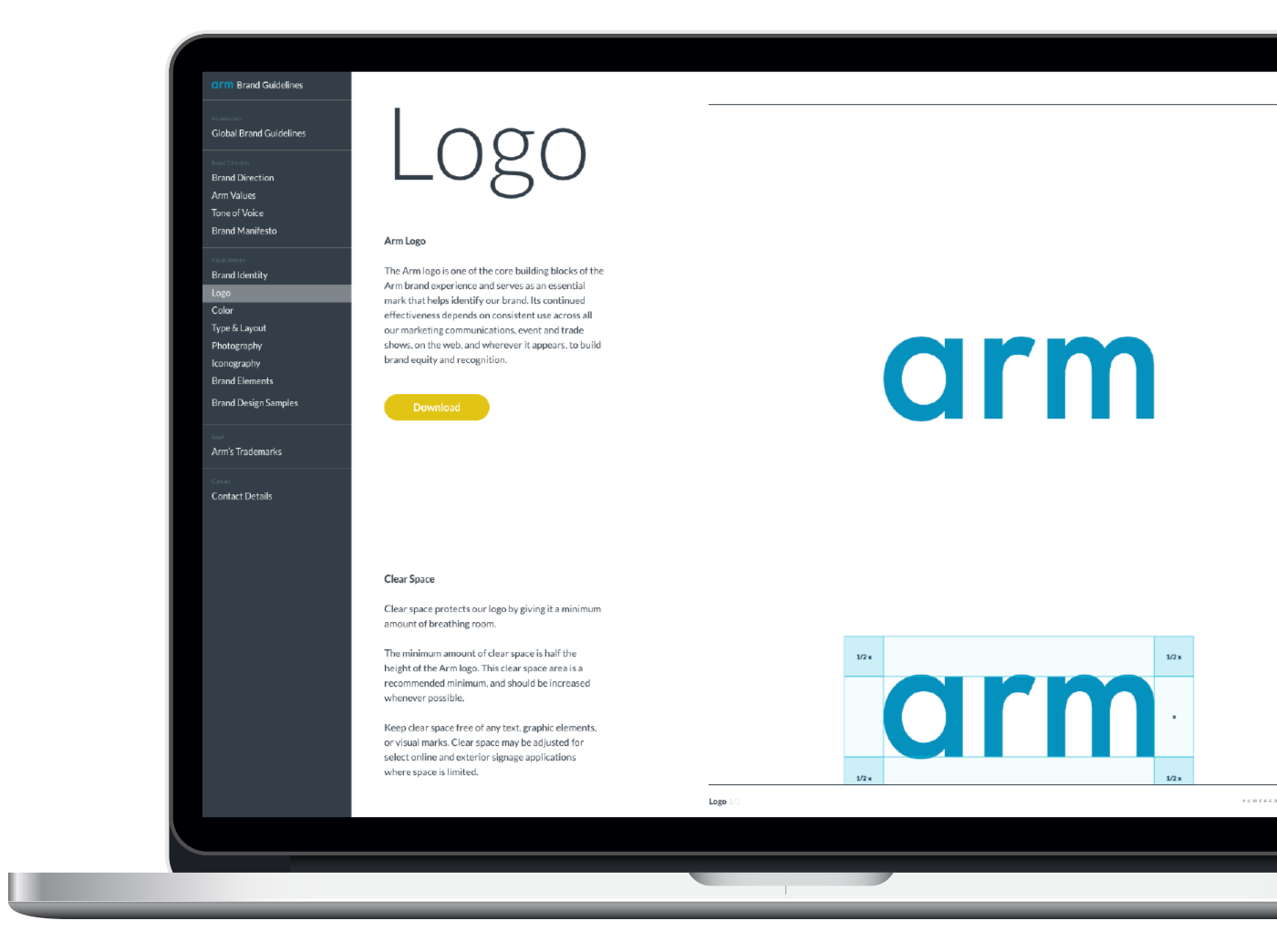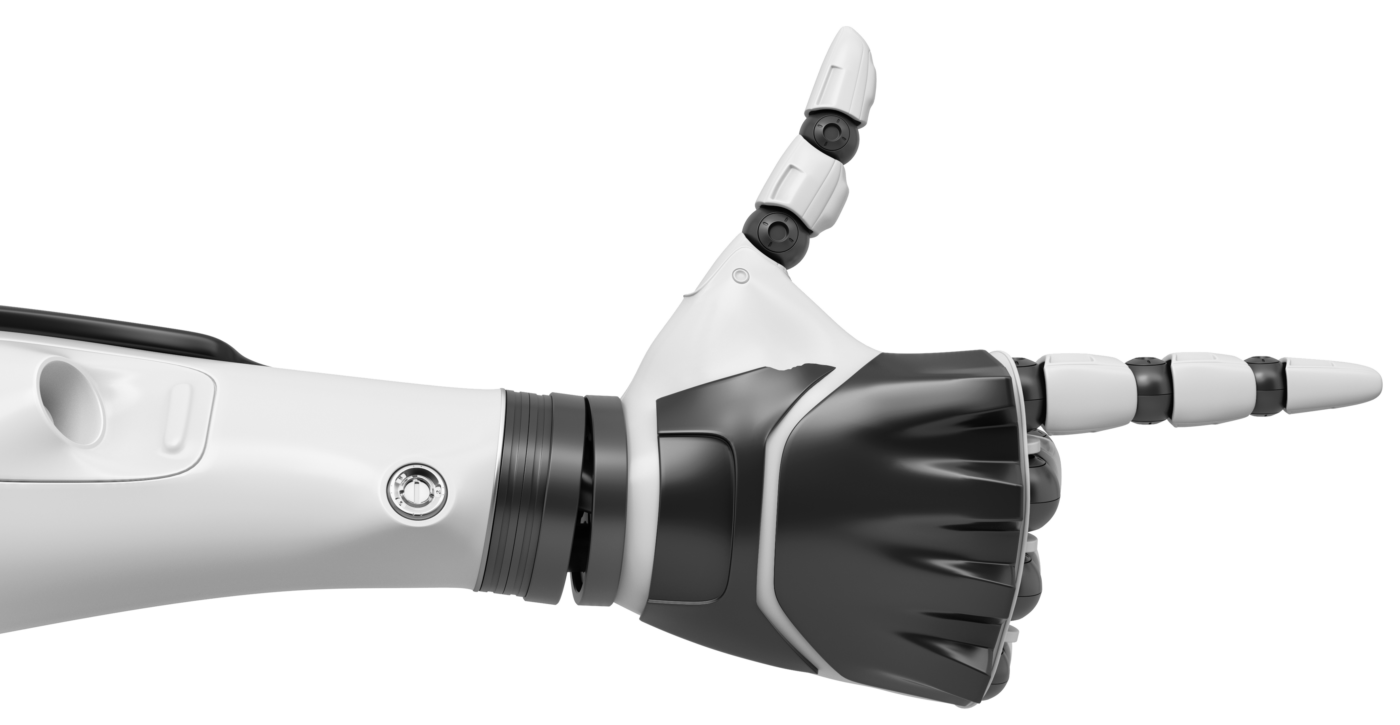Why Arm is the Gateway to the Metaverse

The vision behind the metaverse is extraordinary. The ‘next evolution of the Internet’ will converge real, digital, and virtual worlds into new realities where people will be able to do almost anything: get-togethers with friends and family, learning, working, business meetings, shopping, creating, gaming and entirely new experiences yet to be imagined.
Yet this extraordinary vision will require extraordinary compute: huge leaps in performance on ‘gateway’ devices—be they smartphones, standalone XR (extended reality) devices like VR (virtual reality) headsets, future AR (augmented reality) smart glasses, or perhaps even something not yet invented.
All this performance then needs to be delivered in portable device form factors that are as lightweight and efficient as possible to prolong the untethered user experience.
Arm devices will be the gateway to the metaverse
Arm will be the gateway to the metaverse for millions of users worldwide. The Arm ecosystem will provide the specialized compute required to power both the high-performance, low-power consumer devices that we will act as entry points, as well as the underlying compute infrastructure that will power the metaverse itself.
Consumer gateway devices—along with the cloud, edge, and 5G infrastructure that will connect them—will rely on Arm’s high-performance, low-power specialized processors that already sit at the heart of today’s mobile experiences to power new, immersive experiences for millions of metaverse users.
Arm’s track record in mobile performance and efficiency lends itself perfectly to powering the compute-intensive XR workloads required to enable a performant gateway to the metaverse, within the limited form factor and thermal envelope of a lightweight wearable device that can be carried anywhere.
Arm’s computing has enabled the mobile industry to transform the smartphone device through new features and expansion of use cases. There is the potential to enable the same innovation in consumer devices that will deliver experiences in the metaverse.
The industry’s largest software ecosystem
It’s not just the hardware where Arm will be influencing the metaverse. The Arm Instruction Set Architecture (ISA), the foundation of the industry’s largest software ecosystem, will be the basis for the software of the metaverse. It is the only ISA that spans from edge to cloud, across multiple operating systems. Billions of lines of code will be written, compiled, and then run on Arm. This means applications can be written fast, run fast, and then go everywhere across the metaverse ecosystem.
The metaverse ecosystem
Arm will provide the compute ecosystem that will enable existing and new developers to bring their applications and engines to the new metaverse ecosystem. The breadth of the Arm ecosystem means developers will be able to innovate fast, so they can design, evolve and deploy their novel applications quickly to the broadest possible audience worldwide. This is supported by Android and Windows – two of the operating systems that are likely to be the basis of the metaverse – both being built and optimized for Arm-based designs.
Total Compute for gateway devices

We also have a strategy for influencing solutions that will enable metaverse experiences on consumer devices. Total Compute is Arm’s strategy for delivering even more performance by focusing on use case-based workloads, like XR and other compute workloads that will power metaverse experiences. In 2021, Arm launched Total Compute solutions to address the expansion of high-performance compute that will define future XR use cases and applications.
Through working with our partners, Arm’s specialized processing is already driving innovation to meet the huge metaverse compute challenges. The latest virtual reality (VR) headsets, such as the Oculus Quest 2, use Arm’s CPU designs, as does the mixed reality (MR) HoloLens 2 from Microsoft. In the future, the ability to develop specialized customizations of Total Compute solutions will allow for yet more innovation on XR wearable devices.
Security in the metaverse
As with any new experience or platform, trust remains an important consideration for users. Arm’s continued commitment to security ensures consumers will trust the devices they use when interacting and immersing themselves into the metaverse. This commitment is reflected in our latest v9 architecture, which brings new security features to be deployed across all consumer devices. Not only enabling more secure devices but also setting the benchmark for protecting data within applications and across operating systems.
We believe that all shared data on the metaverse will be securely processed on Arm. Users will be able to define their security preferences in the metaverse, with the capabilities of Arm-based consumer devices ensuring that these preferences are met.
Investment to drive adoption
The journey to AR and VR adoption has not been without its challenges, but with the weight of Meta, Microsoft, Google and NVIDIA all helping to drive the metaverse it’s more likely than ever to succeed. There continues to be significant investment in XR technologies, with Meta pledging $10 billion worth of resources into its Reality Labs project that focuses predominantly on AR and VR.
These investments should help to address current technological challenges and also move the needle on AR and VR adoption among consumers. Both of which will be important for the metaverse to truly take off.
Powering metaverse experiences
We love the potential of the metaverse. It promises to fundamentally transform how we all live and work in the future but will require a huge leap in compute. The only way of gaining mobile access to the metaverse is Arm, whether that’s through the Arm-powered consumer gateway devices or other compute platforms. Arm has a track record across compute performance, efficiency, software, security and the ecosystem that will define the metaverse experience now and in the future.
Enabling the Metaverse through XR experiences
The ongoing virtual reality, augmented reality, and mixed-reality revolution demonstrates the power and potential of immersion in specialty systems and use cases.
Coming up next: The influence of the metaverse on the cloud and edge
Metaverse use cases also pose unique compute requirements for Cloud and Edge infrastructure. Across the Cloud and at the Edge, these use cases need a large amount of data processing that requires a very high-bandwidth and low-latency 5G infrastructure. In the next Arm Blueprint blog on the metaverse, we’ll explain how Arm is addressing these infrastructure challenges.
Any re-use permitted for informational and non-commercial or personal use only.














